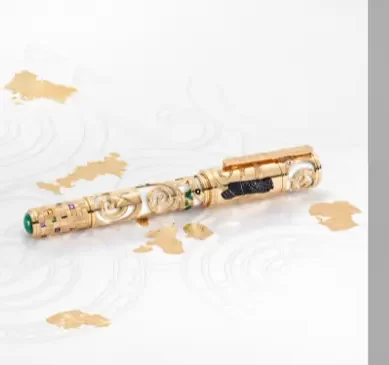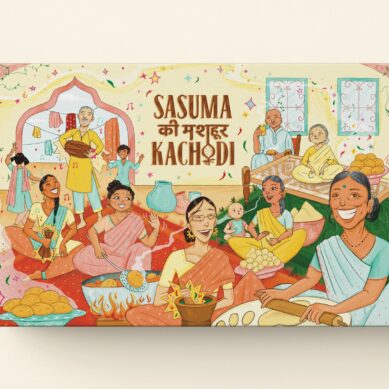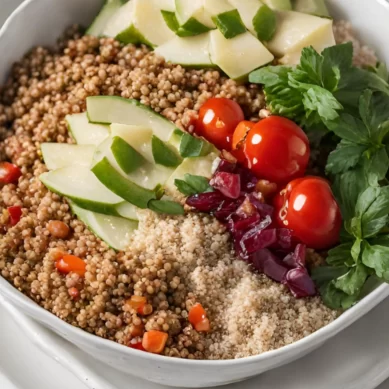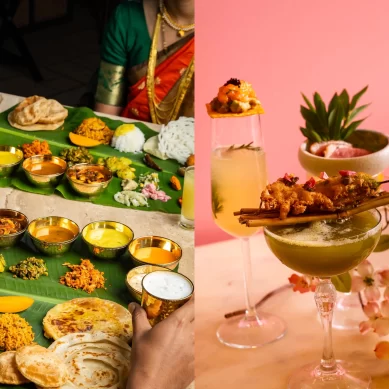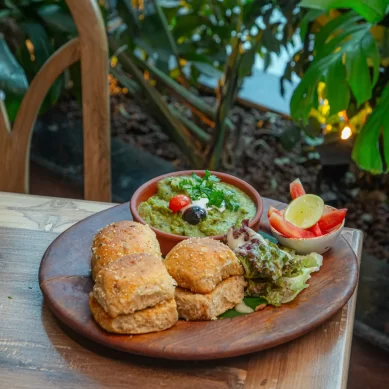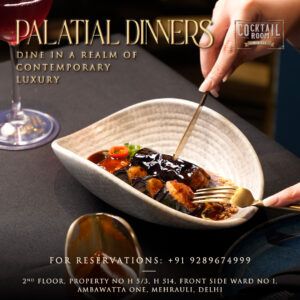Fatty Bao recently organized a sushi making workshop for Instagram influencers and their children. The event was aimed at teaching the participants the art of making sushi, a popular Japanese dish. The workshop was a huge success, with the participants learning the process of making sushi from scratch.

All rights reserved by The Style.World

All rights reserved by The Style.World
What is Sushi ?
- When Southeast Asia first introduced “sushi” to Japan in the eighth century, it was a method of preserving fish that entailed wrapping a piece of gutted fish in fermented rice. This made it possible to keep fish fresh for several months, but oddly, the rice was thrown out. The preserved fish was then consumed with rice, the country’s primary cuisine, and was given the name nare-zushi, which is still available today.

All rights reserved by The Style.World
- Over time, nare-zushi changed to reflect the distinctive flavours of each area; in Osaka, oshi-zushi gained popularity, while Shiga is still well-known for its funa-zushi from Lake Biwa.
- Hanaya Yohei (after whom a Japanese restaurant chain is named) created haya-zushi, also known as “quick sushi,” in the early 19th century. Today, this type of sushi is renowned all over the world and is referred to as nigiri-zushi. With vinegared rice, fresh fish from Edo Bay (modern-day Tokyo) was consumed, and sushi yatai (food kiosks) sprung up all over the city. This type of sushi is thought to have gained popularity throughout Japan as a result of the 1923 Kanto Earthquake, which forced sushi chefs in Tokyo to evacuate and spread the sushi culture there.

All rights reserved by The Style.World
Sushi is often consumed with three main kinds of condiments:
- All sushi, with the exception of a few special varieties like anago, is eaten with soy sauce. Instead of pouring soy sauce straight on the sushi, pour some onto a little circular dish and dip your sushi there before eating.
- The majority of nigiri sushi also includes wasabi, sometimes known as “Japanese horseradish.” As well as giving a little spice to the sushi and lowering the danger of food illness, this bitter green paste frequently offends both Japanese and foreigners due to its powerful flavour.
- Shoga – Shoga, also known as pickled ginger or gari, is yet another “contentious” condiment necessary for making sushi. Again, its heat causes it to be shunned by a lot of people, yet like wasabi, it has antibacterial qualities and is used to clear the palate. An extra benefit: this orange-pink sauce also masks the stinging spiciness of the wasabi, in case you didn’t realise you placed too much on your sushi until it was too late.

Suggestions on dining etiquette for sushi (often used while dining at authentic sushi establishments):
- Avoid wearing too much perfume since it interferes with the delicate flavour of the sushi.
- Contrary to common opinion, sushi can be consumed with either hands or chopsticks; both are acceptable, with the exception of sashimi, which requires only chopsticks.
- The flavour of the sushi is destroyed when the rice is covered in soy sauce. For nigiri-zushi, take the sushi, flip it over, and dip around one-third or one-half of the fish in the soy sauce to prevent this from happening.
- It’s a need for gunkan-maki and maki-zushi that soy sauce be applied to the rice; nevertheless, a small amount should be sufficient.
- For gunkan-maki, dipping the pickled ginger into the soy sauce and using it as a type of “brush” is a sophisticated and effective technique to apply the sauce. Instead of consuming the full gunkan-maki, dip the cucumber slices, if any, into the soy sauce before eating.
- Sushi is often consumed with the rice up, however this is a matter of personal preference.
- Although there is no specific way to consume sushi, it is typically advised to start with mildly flavorful fish (typically fish with white meat, like flounder or snapper) before moving on to fish with stronger flavours, such tuna and sea urchin. Having saying that, you should eat sushi as you choose.
- Drink some shoga or tea in between bites of sushi to freshen your lips and taste; like shoga, tea also has antibacterial properties. This custom dates back to the invention of nigiri-zushi, a time when raw fish preservation techniques were still in their infancy and shoga, wasabi, and tea were essential accompaniments.
- Enjoy the harmonising flavour of the rice and the food by eating the sushi in one bite. Request less rice from the master if you are unable to manage it. Except in the case of chirashi-zushi, never eat fish and rice separately!
- It is advisable to consume the sushi as soon as it is presented, especially if it contains seaweed, even if there is no need to rush.
- Since practically all sushi is served with wasabi by default, make careful to inform the chef in advance if you do not like it. On the other side, you may always request additional wasabi if you truly enjoy it (the same goes for shoga).Remember to eat with “Itadakimasu” and “Gochisousama” before and after! In Japan, gratuities are not expected.

All rights reserved by The Style.World
The workshop was held in the restaurant’s private dining area. Chef Saurabh, Head Chef of Guppy in Delhi led the workshop. He demonstrated the entire process of making sushi, from preparing the rice to rolling the sushi. The moms and their kids then had the opportunity to roll their own sushi. The workshop was not only a fun activity for the participants, but also an educational one. They received a printed version of the recipe, which they could use later on at home to prepare sushi.It was a fantastic networking opportunity because the participants could engage and exchange experiences. The event was a great success, enjoyed by the adults and kids alike.
Fatty Bao is a popular restaurant in Bangalore that serves an interesting array of sushi like Spicy Katsu Chicken, Pickled Vegetables & Tanuki that come in 4 or 8 pieces. The eatery, which has been getting great reviews, is situated in Bangalore’s upscale and picturesque Indiranagar neighbourhood. The restaurant has a unique and modern take on traditional Asian cuisine, which has made it a popular destination for food lovers in Bangalore.
- All rights reserved by The Style.World



